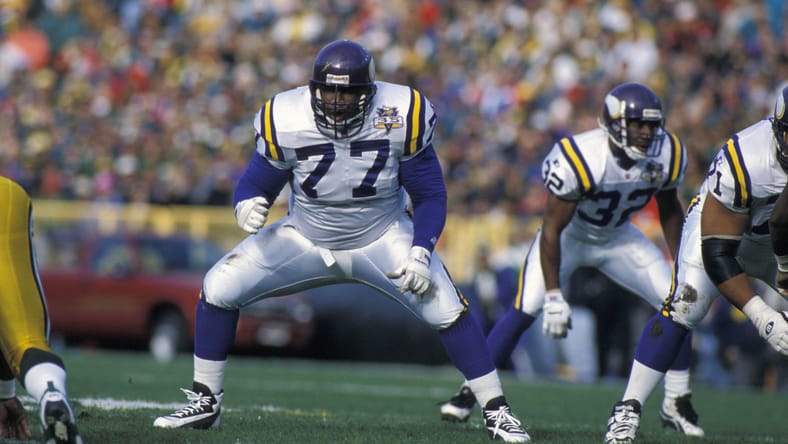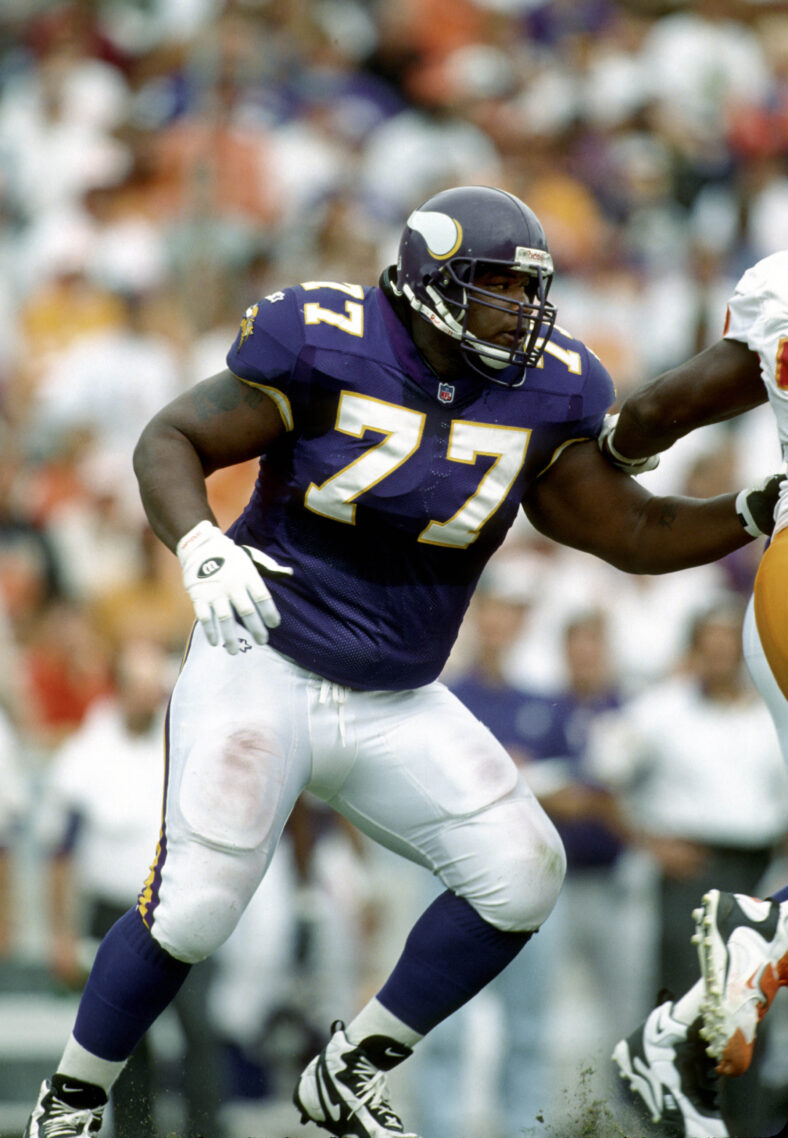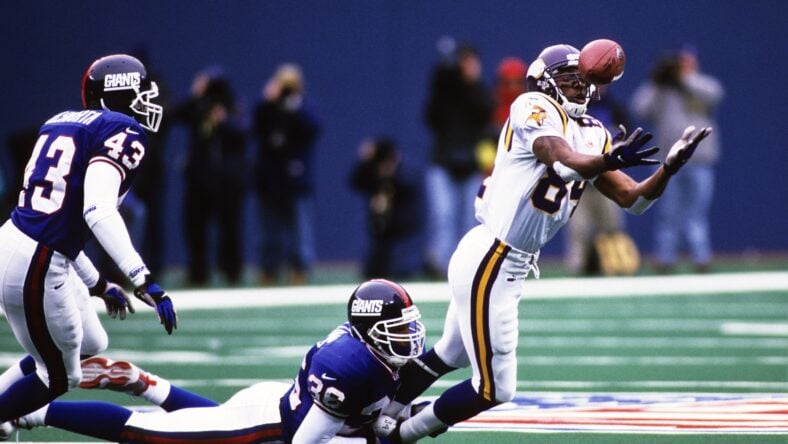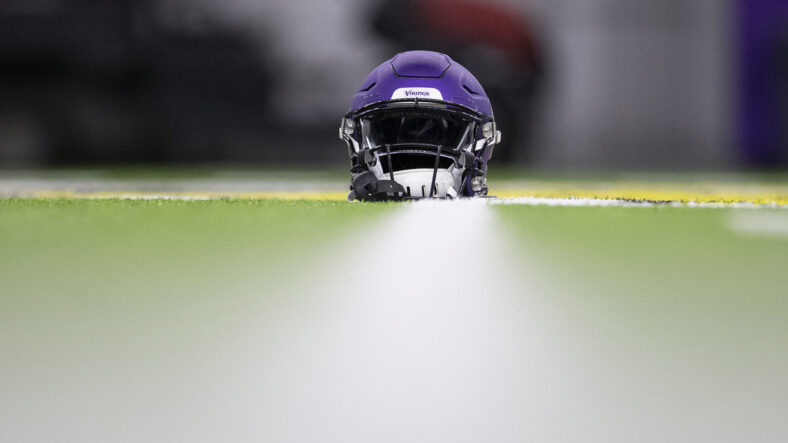Remembering Korey Stringer, 22 Years Later

When you grow up as an avid football fan as early as I did, football players like Korey Stringer can appear larger than life.
Throw in the fact that when you’re seven or eight years old, you really have no perspective on anything in life. These football players, on television, were larger than life and, in my mind, invincible. NFL Films would show players grinding through games with mangled fingers and blood-stained uniforms, all seemingly for one common goal that justifies the punishment.

These elements of the game do exist, sure, but the game of football isn’t always glorious.
The NFL world was shaken to its core with that reality on August 1, 2001, when Minnesota Vikings right tackle Korey Stringer died after having heat stroke the previous day following training camp practice. Two days before his death, he vomited three times during a practice. Stringer was determined to finish practice the following day. He again vomited during practice, but returned to finish, even putting in extra work after practice. But when he hit a blocking bag, he fell to his back. Stringer’s internal body heat would hit over 108 degrees, and he would die overnight.
Stringer, who stood 6’4″ and 350 pounds, was coming off of his first Pro Bowl season. He was one of the most popular players in the locker room, known for his impressions of teammates and coaches, including Dennis Green and Mike Tice. After the departures of the likes of Todd Steussie, Randall McDaniel, and Jeff Christy over the previous few seasons, the seventh-year veteran was about to be viewed as a leader in the offensive line room.

Many will remember a tear-filled press conference that included Green, Cris Carter, and Randy Moss. Green and Carter were emotional, but the young Moss broke down when talking about Stringer’s family. For many, it was the first time that fans had seen Moss let his guard down and show a vulnerable exterior.
It was obvious that the team was motivated to play for their fallen teammate, as they won all four preseason games. Unfortunately, they couldn’t keep the momentum going throughout the regular season. The team would finish 5-11, their first non-winning season since 1995, Stringer’s rookie season.
The Vikings would wear a “77” badge throughout the 2001 season. During a Monday night game against the New York Giants on November 19, the team retired Stringer’s jersey, ensuring no other Viking would wear his number ever again. Perhaps it was no surprise that the inconsistent Vikings played one of their best games of the year that night, winning 28-16.
Although his life was cut short due, Stringer’s death changed how teams across all levels of football approached the heat. The NFL hasn’t had two-a-day practices since the new collective bargaining agreement passed in 2011. College teams no longer have two-a-day practices, as well as most high schools.

In an ESPN story highlighting the 20th anniversary of Stringer’s death, his brother Kevin offered a silver lining of the tragedy.
“Any time there is a major change in how society does things, it’s typically because somebody died or got hurt in some way, shape or form,” Kevin Stringer said. “I guess Korey’s death was my family’s turn to pay that cost. It bothers me sometimes if I hear of somebody having a heat-related injury, but I know even if that happens, there is more awareness of what to do. It took a while to get there, but we did.”

